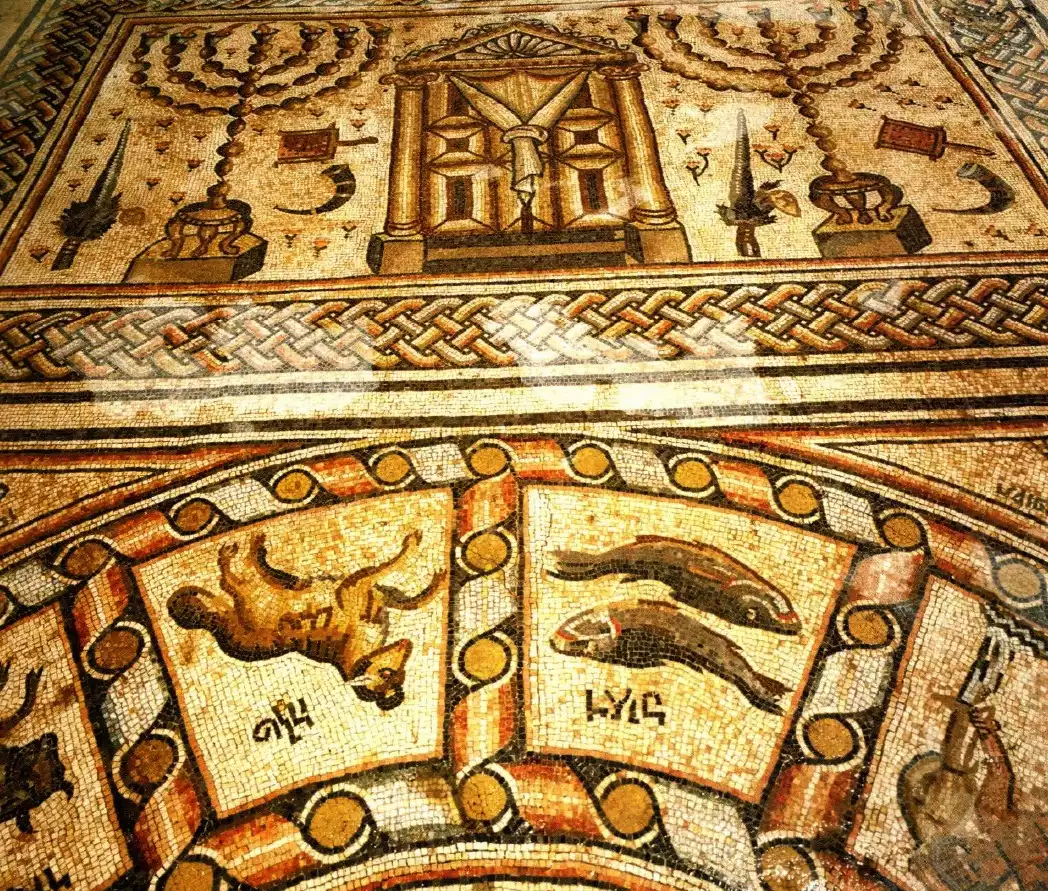
In the clandestine shadows of Roman oppression, early Christians sought to express and solidify their burgeoning faith through covert symbols. This ingenious form of spiritual communication, necessitated by a milieu of persecution, birthed a rich tapestry of sacred signs, each laden with profound theological significance. Early Christian symbolism, a silent yet eloquent language, ranged from the ubiquitous ichthus (fish) to the intricate chi-rho, weaving a narrative of faith, hope, and divine promise amidst the trials of earthly existence.
The Ichthus and Chi-Rho: Emblems of Early Christian Identity
Amidst the hushed whispers of clandestine gatherings, the early Christians found solace and unity in symbols that encapsulated their faith’s core tenets. Two such emblems, the Ichthus (fish) and the Chi-Rho, stood as beacons of hope, their meanings deeply rooted in theological richness and spiritual resolve.
The Ichthus, an acronym derived from the Greek words for “Jesus Christ, Son of God, Savior,” transcended its aquatic depiction to symbolize sustenance, regeneration, and the profound narrative of Christ’s miracles and teachings. This symbol, often discreetly etched on the walls of meeting places or carried on personal items, served as a silent affirmation of faith, a nod to the shared understanding among believers who thrived under the watchful eye of a Roman Empire fraught with suspicion and intolerance.
Parallel in significance, the Chi-Rho emerged as a visual testament to Christ’s anointed role as the Messiah. Comprising the first two letters of ‘Christos’ in Greek, this emblem signified a new dawn, a breaking away from the shadows of persecution into the light of spiritual emancipation. The appearance of the Chi-Rho on artifacts, from pottery to monumental architecture, marked a silent yet defiant claim of the landscape, a declaration of the Christian presence resonating through the very stones that bore witness to their faith.
As these symbols flourished in secrecy and subtlety, they wove a complex narrative of belief, identity, and resilience. Their legacy, etched into the annals of time, invites us to explore further the depth and breadth of Early Christian Symbolism, a journey that unveils the enduring spirit of a community bound by an unspoken covenant of hope and salvation.
Beyond Icons: The Living Symbols of Early Christian Worship
As the dawn of Christianity spread its light over a Roman world steeped in materialistic and pagan traditions, the symbols of Early Christian Symbolism found resonance not just in iconography but in the very acts and rituals that defined the nascent faith. This chapter delves into the profound connection between these symbols and the lived experiences of early believers, revealing how ordinary objects and rituals were transformed into extraordinary testaments of faith and devotion.
The marigold, a blossom revered in ancient cultures for its association with rebirth and renewal, found a new significance in Christian lore. Its golden petals mirrored the promise of eternal life, a motif recurrent in parables and teachings that underscored the Christian narrative of resurrection and hope. Similarly, the peacock, with its resplendent plumage and myth of incorruptible flesh, emerged as a symbol of immortality, its presence in Christian art subtly echoing the promise of life beyond death.
The symbolic repertoire extended to the sacred rituals that defined Christian worship. The cantharus, a humble wine chalice, assumed profound significance as it came to represent the cup of salvation, echoing the Last Supper’s solemn promise. The Eucharistic vine, borrowed from Greco-Roman iconography yet reinterpreted through the lens of Christian theology, depicted a world sustained and nourished by divine love, its tendrils and leaves a testament to a faith that embraced all of creation.
Even the architectural and ritualistic elements spoke a symbolic language. The baptismal tanks, often adorned with the chi-rho, were not mere containers of water but wellsprings of a new life, each baptism a rebirth and reaffirmation of faith. These artefacts, whether humble or grand, portable or stationary, were not passive objects but active participants in the unfolding story of Christianity, each bearing a message, each a verse in the grand narrative of salvation and grace.
As we journey deeper into the heart of Early Christian Symbolism, the tapestry grows ever more intricate, each thread a story, each color a nuance of the profound transformation that shaped not just a religion but the very fabric of history.
In the silent language of symbols, early Christians wove a narrative of faith, resilience, and hope. Early Christian Symbolism, far more than mere signs, embodied the essence of a belief system that transformed the world. These symbols, rooted in theological depth and rich in spiritual significance, offer a timeless testament to the enduring power of faith to transcend oppression, articulate identity, and forge a collective memory. In their silent eloquence, these emblems continue to speak, echoing the timeless story of Early Christian faith across the ages.
References
- Ferguson, E. (2003). Backgrounds of Early Christianity. Eerdmans Publishing.
- Musurillo, H., S.J. (1957). History and Symbol: A Study of Form in Early Christian Literature.” Theological Studies, Volume 18, Issue 3. Sage Journals.
- Pelikan, J. (1985). The Christian Tradition: A History of the Development of Doctrine. University of Chicago Press.
- Sedding, E. (1894). “Christian Symbolism.” The Antiquary, London, Vol. 29, (Apr 1894): 159-166. ProQuest.
